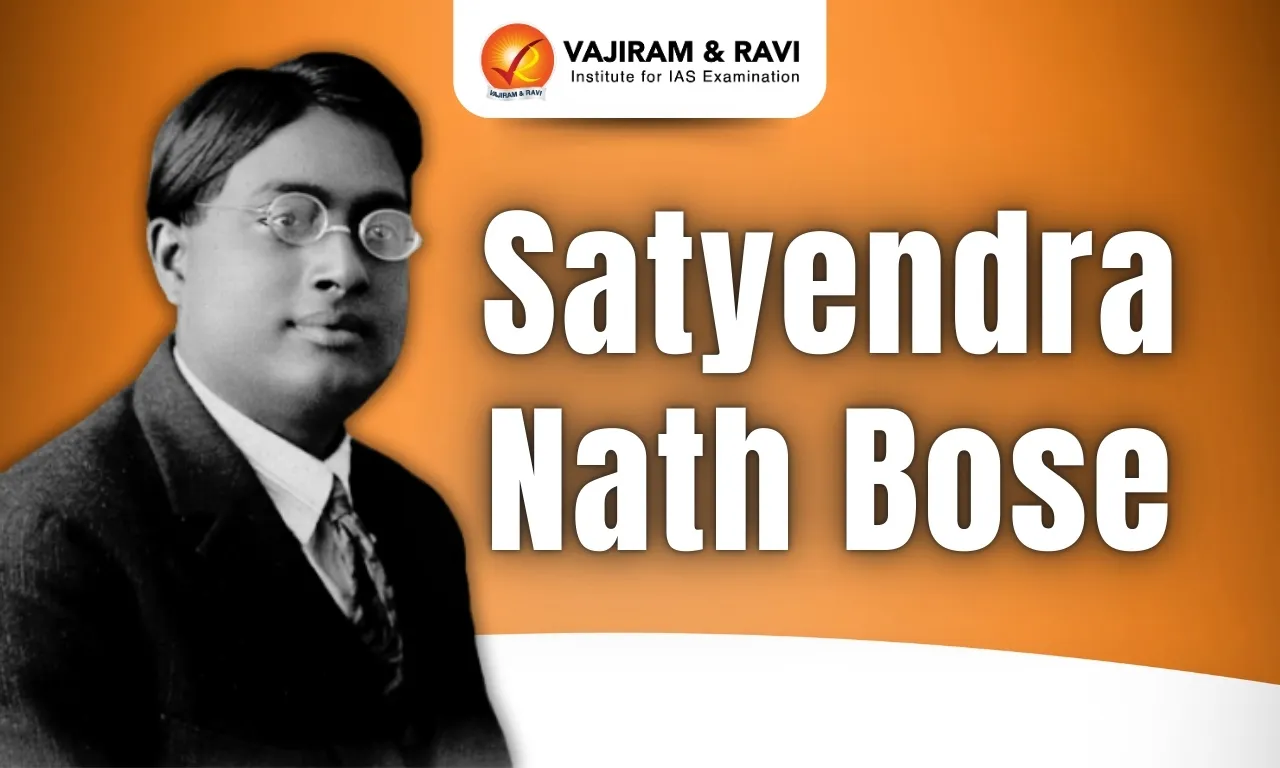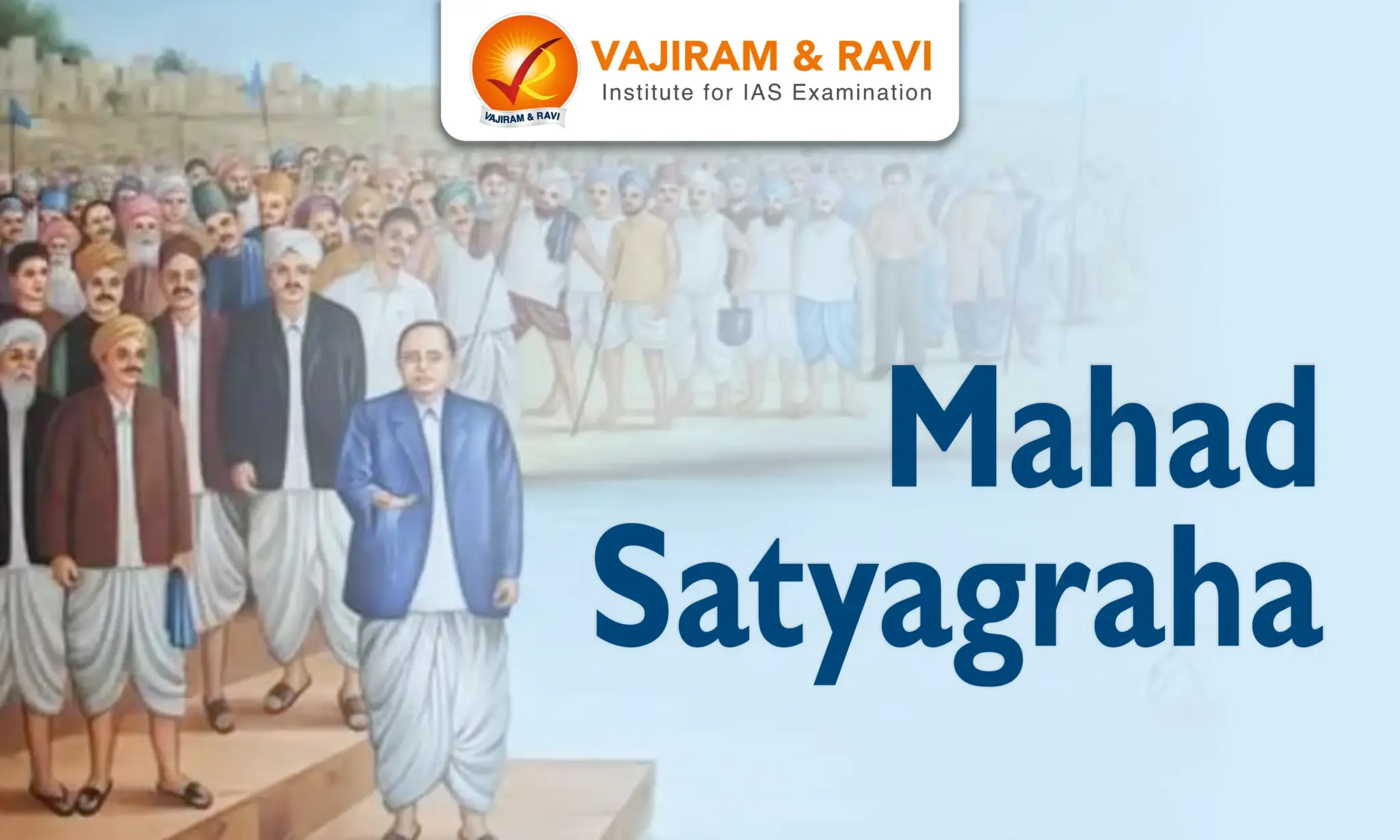Satyendra Nath Bose was an Indian physicist who, along with another great, Meghnad Saha, established modern theoretical physics in India. He is best known for providing the foundation of Bose-Einstein statistics and developing the theory of Bose-Einstein condensates. Bose-Einstein statistics, the new system of statistical quantum mechanics, describes the nature of particles with integer spins, called “Boson”, named by Paul Dirac in the honour of Bose. Bose-Einstein condensates, a state of matter, are dense collections of bosons that follow Bose-Einstein statistics instead of Fermi–Dirac statistics.
Although a number of Nobel Prizes have been given out for the works of Satyendra Nath Bose, particularly for advancing the theory of Bose-Einstein condensates, Bose himself was never given the Nobel Prize.
Early Life and Career of Satyendra Nath Bose
Born in Calcutta on January 1, 1894, Satyendra Nath Bose was an outstanding student and came into contact with some of the brilliant teachers like Jagadish Chandra Bose and Prafulla Chandra Roy, who inspired him a lot. He started his career in 1916 as a lecturer in physics at Calcutta University. Five years later, he joined Dacca University.
- At the University of Dhaka, Bose carried out research and studied the theory of relativity.
- During this time, Satyendra Nath Bose prepared the first English language book based on German and French translations of Albert Einstein’s original relativity papers.
- Bose created new departments, labs, and libraries at the university so he could teach new courses there.
Satyendra Nath Bose Contributions
Bose wrote a brief article titled "Planck's Law and the Hypothesis of Light Quanta" after adapting a lecture he gave at the University of Dhaka on the theory of radiation and the ultraviolet catastrophe.
- By treating radiation as a gas of photons (Photon gas) and using new statistical techniques for counting photon states, Bose provided a new derivation of Planck's law.
- Einstein received a brief paper he had written on the subject and immediately recognised its importance.
- In agreement with him, Bose's article "Planck's Law and Hypothesis of Light Quanta" was translated by Einstein into German and published in Zeitschrift für Physik in 1924 under Bose's name.
Bose-Einstein Statistics
Einstein generalised Bose's works (on photons), extended it on atoms, and gave the theory of ideal quantum gas (Bose gas). This formed the basis of the Bose-Einstein statistics and Bose-Einstein condensates.
- Bose was given the opportunity to work in European laboratories for two years alongside scientists like Marie Curie and Albert Einstein as a result of this recognition.
- The new form of conceptual originality in Bose’s work was that the particles were regarded as indistinguishable, a radical departure from the assumption that underlies the classical Maxwell-Boltzmann statistics (the statistics of "distinguishable" classical particles).
- Bosons:
- It was soon realised that the new Bose-Einstein statistics were applicable only to particles with integer spins that do not follow the Pauli exclusion principle.
- The particles with integer spins are now referred to as bosons (as suggested by Dirac).
- On the other hand, Fermi-Dirac statistics are applicable to particles with half-integer spins (called fermions), satisfying Pauli’s exclusion principle.
Bose-Einstein Condensates
The pioneering ideas of Bose, developed further by Einstein, were confirmed by the observation of a new state of matter in a diluted gas of ultra-cold alkali atoms, the Bose-Einstein condensate.
- Einstein proposed that if the bosonic atoms are cooled to a very low temperature, it would cause them to condense into the lowest quantum state, thereby resulting in a new state of matter.
- Thus, Bose-Einstein condensate is a state of matter and a dense and cooled collection of bosons at a very low density, having lowest quantum state.
- This state is reached when the atoms of specific elements are cooled to a temperature close to absolute zero (0 Kelvin, or minus 273.15 Celsius).
- The atoms at this point merge into a single entity with quantum characteristics, where each particle also serves as a wave of matter.
- Experimental proof of the BECs came in 1995, as given by Eric Cornell and Carl Wieman (using rubidium atoms) and by Wolfgang Ketterle (using sodium atoms).
- All three shared the Nobel Prize in Physics in 2001.
- According to scientists, BECs hold crucial information about curious phenomena like dark energy, the unidentified energy thought to be responsible for the universe's accelerating expansion.
- However, BECs are exceptionally fragile. They get warm post their condensation threshold with just a little contact with the outside environment.
Satyendra Nath Bose Awards and Honours
- Visva-Parichay, Rabindranath Tagore's sole work of science, was dedicated to Satyendra Nath Bose in 1937.
- Satyendra Nath Bose received the Padma Vibhushan, the country's second-highest civilian honour, from the Indian government in 1954.
- Satyendra Nath Bose received the nation's highest honour for a scholar in 1959 when he was named the National Professor, a position he held for 15 years.
- The SN Bose National Centre for Basic Sciences was founded in Calcutta in 1986.
- Bose was referred to in a July 2012 New York Times article as the "Father of the God Particle."
Bose responded, "I have received all the recognition I deserve," when asked for comment. He spent his entire life studying and researching different scientific topics because it made him feel the happiest.
Bose passed away on February 4, 1974, after a severe heart attack at the age of 80. People still contend that Bose's discovery is among the greatest scientific discoveries of both centuries. Bose, a scholar who excelled in all fields during his lifetime, continues to inspire people today and is remembered in a number of physics theories.
Last updated on November, 2025
→ Check out the latest UPSC Syllabus 2026 here.
→ Join Vajiram & Ravi’s Interview Guidance Programme for expert help to crack your final UPSC stage.
→ UPSC Mains Result 2025 is now out.
→ UPSC Notification 2026 is scheduled to be released on January 14, 2026.
→ UPSC Calendar 2026 is released on 15th May, 2025.
→ The UPSC Vacancy 2025 were released 1129, out of which 979 were for UPSC CSE and remaining 150 are for UPSC IFoS.
→ UPSC Prelims 2026 will be conducted on 24th May, 2026 & UPSC Mains 2026 will be conducted on 21st August 2026.
→ The UPSC Selection Process is of 3 stages-Prelims, Mains and Interview.
→ UPSC Result 2024 is released with latest UPSC Marksheet 2024. Check Now!
→ UPSC Prelims Result 2025 is out now for the CSE held on 25 May 2025.
→ UPSC Toppers List 2024 is released now. Shakti Dubey is UPSC AIR 1 2024 Topper.
→ UPSC Prelims Question Paper 2025 and Unofficial Prelims Answer Key 2025 are available now.
→ UPSC Mains Question Paper 2025 is out for Essay, GS 1, 2, 3 & GS 4.
→ UPSC Mains Indian Language Question Paper 2025 is now out.
→ UPSC Mains Optional Question Paper 2025 is now out.
→ Also check Best IAS Coaching in Delhi
Satyendra Nath Bose FAQs
Q1. Who was Satyendra Nath Bose?+
Q2. What is the most significant contribution of Satyendra Nath Bose?+
Q3. What interesting details are there about Satyendra Nath Bose?+
Q4. What is Bose-Einstein Condensate?+
Q5. What are bosons?+
Tags: quest satyendra nath bose

















